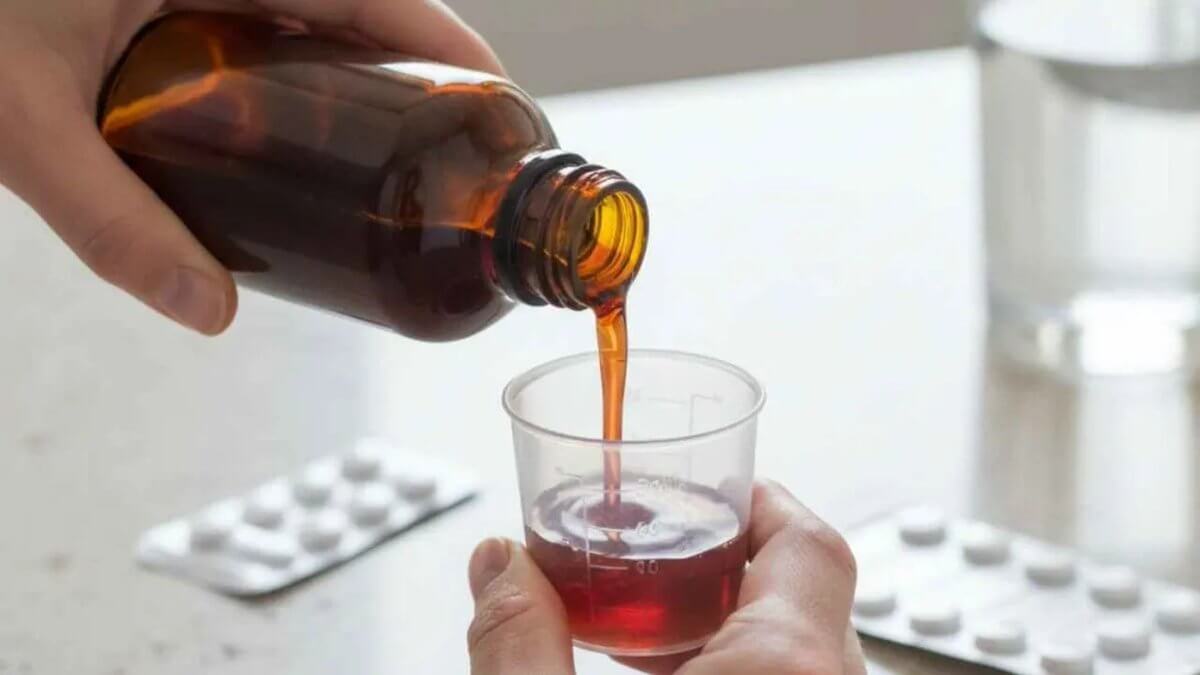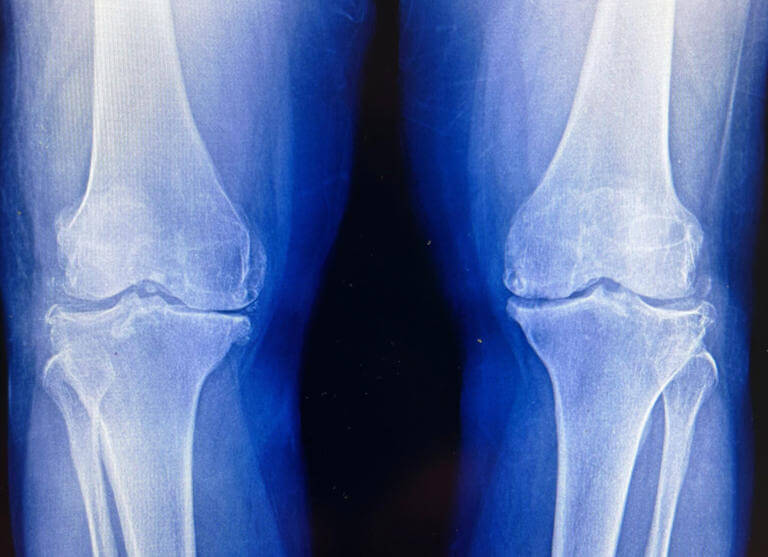How to save your skin from the summer temperatures: An easy list of things to do
Sat 28 Apr 2018, 16:34:36

If summer had one arch-nemesis to wage all its battles against, it surely would be the human skin. Skin, the largest organ in the human body is also one of the first lines of defence against infections, and therefore, bears the brunt of the soaring temperatures.
In this feature, we will discuss a few common skin diseases that are rampant this season. We also have some tips to help you keep your skin away from the line of fire in the summer battles.
Prickly heat
Also known as heat rash, this condition is all too familiar to us. (Remember the catchy ad jingle for Dermicool powder that plays on televisions during the summer?) Prickly heat happens when the sweat glands in your skin get blocked and your skin continues to produce sweat. There will be small, raised spots on your skin. When they burst, they release sweat, which leads to a prickly sensation. Prickly heat most often appears in cloth-covered skin surfaces that have little room to breathe. They are usually seen on the back, neck, armpits and groin. Usually, it resolves on its own in a matter of a few days, provided you keep the skin surface clean, dry and airy. However, if the surrounding skin surface develops any infection, then a visit to the doctor is a must.
Fungal infections
We all know that closed shoes are a no in the monsoons, but how many of us know it is a no in the summers too? Thanks to closed shoes, our feet become a veritable garden for fungi thanks to the generous warmth and moisture. The three most common fungal infections of the skin are ringworm, athlete’s foot and jock itch. And all of these names are misleading — much like how the ringworm has nothing to do with a worm, the athlete’s foot and jock itch are not at all exclusive to sportspersons.
Ringworm derives its name from the typical
presentation of reddish rash which has a clearly demarcated red ring on its periphery and a normal skin tone at the centre. The skin surfaces which are constantly moist and prone to friction can develop this affliction. It can be treated with over-the-counter ointments. Recurrences are common if hygiene is not maintained.
presentation of reddish rash which has a clearly demarcated red ring on its periphery and a normal skin tone at the centre. The skin surfaces which are constantly moist and prone to friction can develop this affliction. It can be treated with over-the-counter ointments. Recurrences are common if hygiene is not maintained.
Athlete’s foot is when you develop fungal infections in the webs between your toes. For those who wear tight shoes that offer little ventilation and for those who do not keep their feet dry and clean, this condition is a sure-shot occurrence in the summer. This too can be self-treated and recurrences are frequent in the absence of good hygiene practices.
That itch that you so want to scratch near your genital areas, inner thighs and buttocks is called the jock itch. This fungal infection too arises out of dampness, which tightly closed skin surfaces provide. Adding to fungi, bacteria can come into the picture when you scratch the affected areas vigorously. Usually self-treatable, a consultation with a doctor is advisable when the infection persists in spite of using over-the-counter anti-fungal ointments.
How can you prevent these?
Maintain good personal hygiene
Keep your genital areas clean and dry
Always wear loose, airy cotton clothes in the summer
Avoid synthetic undergarments
Avoid tight-fitting closed shoes that offer little ventilation
If you have to wear closed shoes, make sure your feet are dry. Use anti-fungal powders to dust the insides of your shoes before and after you wear them. This can keep the dampness to the minimum. Also, use the powder in between your toe spaces to keep the areas dry
Change your socks daily. Stick to cotton socks for summer
No Comments For This Post, Be first to write a Comment.
Most viewed from Health
AIMIM News
Latest Urdu News
Most Viewed
May 26, 2020
Can Lionel Messi's visit boost Indian football?
Latest Videos View All
Like Us
Home
About Us
Advertise With Us
All Polls
Epaper Archives
Privacy Policy
Contact Us
Download Etemaad App
© 2026 Etemaad Daily News, All Rights Reserved.

























.jpg)
.jpg)
.jpg)


